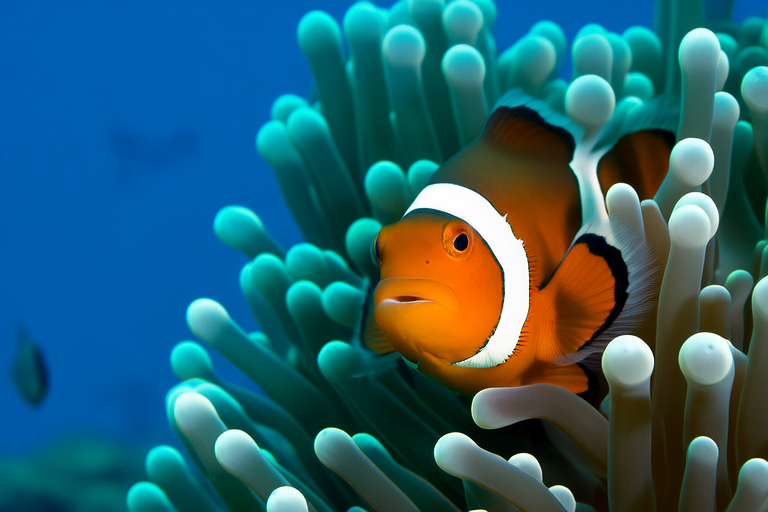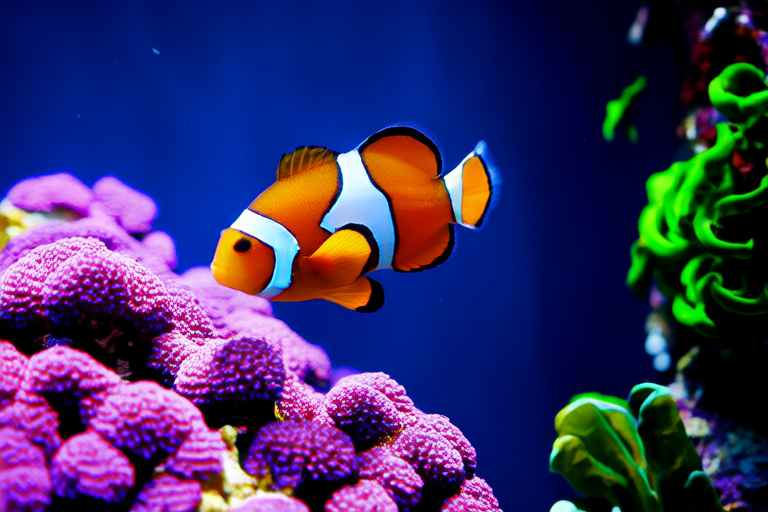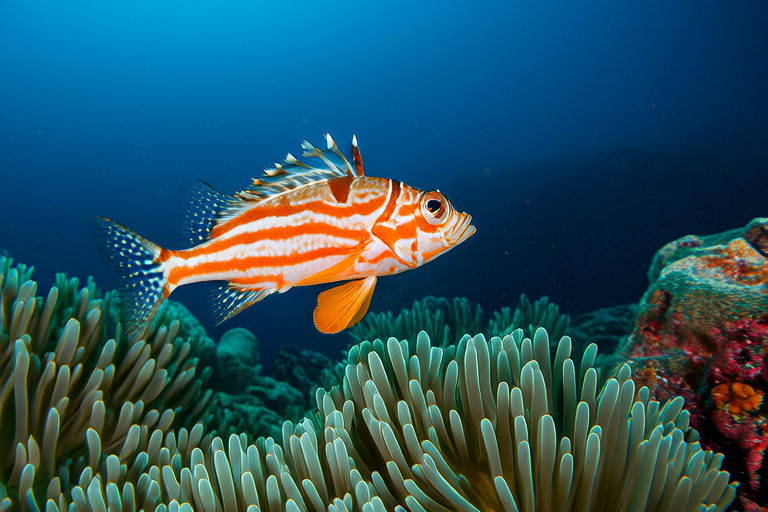
How Nemo Became a Household Name: The Rise of Clownfish Popularity
The clownfish, also known as the anemonefish, has long been a fascinating subject for marine biologists and aquarists alike. However, it wasn’t until Pixar’s animated film Finding Nemo, released in 2003, that this small, colorful fish truly captured the hearts and imaginations of people around the world. Since then, the clownfish has become a household name, inspiring countless fans and sparking a renewed interest in marine biology. This article explores the factors that have contributed to the clownfish’s increased popularity, delves into scientific facts about these remarkable creatures, and examines the trends in marine aquariums and conservation efforts.
The Impact of Finding Nemo
Pixar’s Finding Nemo tells the story of Marlin, a clownfish who embarks on an epic journey to find his son, Nemo, after he is captured by divers and taken to Sydney. The film’s success was unprecedented, grossing over $900 million worldwide and earning numerous awards, including two Academy Awards. It introduced millions of viewers to the underwater world of coral reefs and the unique relationship between clownfish and sea anemones. The movie’s portrayal of clownfish as brave, resourceful, and lovable characters helped to humanize them, making them more relatable to audiences of all ages.
One of the most significant impacts of Finding Nemo was the surge in interest among children and families in marine life and conservation. The film’s creators took great care to ensure that the depiction of clownfish and their environment was accurate, consulting with marine biologists and incorporating real-life behaviors and habitats into the animation. This attention to detail not only enhanced the authenticity of the film but also sparked curiosity and a desire to learn more about these fascinating creatures.
Scientific Facts About Clownfish
Clownfish, belonging to the genus Amphiprion, are small, brightly colored fish native to the tropical waters of the Indian and Pacific Oceans. They are known for their distinctive orange, white, and black stripes and their symbiotic relationship with sea anemones. There are 30 recognized species of clownfish, each adapted to specific environmental conditions and anemone species.
One of the most remarkable aspects of clownfish behavior is their ability to live among the tentacles of sea anemones without being stung. This mutualistic relationship benefits both parties: the clownfish receive protection from predators, while the anemones are provided with food scraps and possibly nutrients from the clownfish’s waste. The clownfish achieve this by developing a protective mucus layer on their skin, which prevents the anemone’s stinging cells (nematocysts) from firing. In return, the clownfish help to aerate the anemone and attract potential prey.
Clownfish are also known for their complex social structures within their anemone homes. A typical group consists of a dominant female, a dominant male, and several smaller, less aggressive males. The dominant pair is responsible for breeding, while the subordinate males assist in caring for the eggs and protecting the territory. If the dominant female dies, the largest male will transform into a female and take her place, ensuring the continuation of the group.
Trends in Marine Aquariums
The rise in popularity of clownfish has led to an increase in demand for these fish in the marine aquarium trade. Many aquarium hobbyists are drawn to the clownfish’s vibrant colors, playful behavior, and compatibility with various tank setups. However, the growing trend of keeping clownfish as pets has raised concerns about the sustainability of the practice.
According to the World Wildlife Fund (WWF), approximately 2 million clownfish are harvested annually from the wild for the aquarium trade. While some retailers offer sustainably sourced clownfish bred in captivity, many still rely on wild-caught specimens. This practice can have negative impacts on clownfish populations and their ecosystems, particularly when fish are removed from fragile coral reef environments.
To address these concerns, organizations such as the Marine Aquarium Council (MAC) and the Oceanic Aquarium Society (OAS) have developed certification programs to promote sustainable practices in the marine aquarium industry. These programs encourage the use of captive-bred clownfish and other marine species, reducing pressure on wild populations and supporting local communities involved in sustainable fishing practices.
Conservation Efforts and Awareness
The increased awareness of clownfish and their habitats has also led to greater efforts in conservation. Coral reefs, the primary home of clownfish, are under threat from climate change, ocean acidification, and pollution. Rising sea temperatures and ocean acidification can lead to coral bleaching, where corals expel the algae living in their tissues, turning white and often dying. This not only affects the corals themselves but also the myriad species that depend on them for survival, including clownfish.
In response to these challenges, various conservation organizations have launched initiatives to protect clownfish and their habitats. For example, the Great Barrier Reef Foundation (GBRF) works to restore damaged reefs and promote sustainable fishing practices in the region. The GBRF also supports research into the effects of climate change on clownfish populations and the development of strategies to mitigate these impacts.
Additionally, public awareness campaigns have been launched to educate people about the importance of clownfish and their role in marine ecosystems. These campaigns highlight the need for responsible aquarium practices, the protection of coral reefs, and the reduction of carbon emissions to combat climate change. By raising awareness and promoting action, these efforts aim to ensure the continued survival of clownfish and the vibrant underwater worlds they inhabit.
The Future of Clownfish Popularity
The rise of clownfish popularity shows no signs of slowing down, with continued interest in marine biology and aquarium keeping. As more people become aware of the threats facing clownfish and their habitats, there is a growing movement towards sustainable practices and conservation efforts. This shift in attitude could have positive implications for the future of clownfish and the marine ecosystems they call home.
For pet enthusiasts, the challenge lies in finding ethically sourced clownfish and maintaining healthy, thriving aquariums. For general readers interested in marine life, the opportunity exists to support conservation organizations and advocate for policies that protect coral reefs and the species that depend on them. By working together, we can ensure that clownfish continue to captivate and inspire generations to come.






